[I had almost given up the idea of writing this post but some forces convinced me and I got enough reasons to write this.]
The Gupta Navaratri starts on 30th of June. Last year I did the Nava Durga Sadhana, in manasic form along with some tweaks in the Gupta Navaratri for the first time. It was quite a successful experience.
Before moving further I would like to thank Sri Devi ji, because it was only through her post about her experience of Nava Durga Sadhana, that I came to know about this Sadhana and decided to do it. Further, the fact that she did that mentally was extremely motivating for me because there was no way I could do it physically. Although I had performed mental worship for long time but her post boosted my morale and gave me much needed inner strength that time. So much thanks to her. My gratitude to Swami as well for providing such a powerful sadhana for all.
Preparations and some rules/rituals I followed:
- No one in my family knew about this. Plus, it was not possible to follow dietary restrictions regarding onion and garlic. I did what I do every day, offered everything I ate to divine.
- I had no alarm to get up in morning; an alarm would disturb everyone else’s sleep. I was completely dependent on grace for getting up at correct time and it worked well. Almost every day, I did the morning part around the same time.
- Before Navaratri began, I googled about plants which could be used for yagna and brought some dry sticks of Bilva tree and Agar-agar from nearby temple and Aak from an empty plot (aakda/madar, it is wild plant available in every empty plot in our region.) Every day, in the evening, when we lit the lamp and camphor as a daily ritual, I would use those sticks as well and offered one ahuti of the mantra for that day. You can think of it as a nano-yajna! I did this in a thing like this.
- I took a vow of not eating anything before doing morning part of sadhana.
- The red thread which holds the rudraksha beads in my neck accounted for the red cloth. I did the sadhana with no upper clothing as the fan needed to be kept off otherwise it would disturb the lamp.
- Things I used for morning part were – Water in a copper pot with a spoon (for purification) and a small ghee lamp I lit. For chant count, I used the 50 letters of Devanagari script (अ-क्ष).
- In my morning routine, I also decided to add a mini Sadhana of Siddha Kunjika Stotram. I had been chanting it from quite some time so I decided to do a dedicated chant.
- I took a vow and disabled Gmail and didn’t use os.me during the days of Navaratri to reduce mental distractions to some extent.
Tweaks in Sadhana :
- In morning, before chanting, I used to invoke Shiva. Since I was doing it in my own way with some adjustments, I used to invoke Devi using the following half-shloka from Lalita Sahasranama-
स्वतंत्रा सर्वतंत्रेशी दक्षिणामूर्तिरूपिणी
She is independent, she is the one worshipped in all types of Tantras, and she is the form of Dakshinamurthi, the South-facing form of Shiva, known as the Supreme Teacher. Now स्वतंत्रा can in this context be interpreted as the one who has his own system, here system for sadhana.
- I did the prescribed number of Chants in morning followed by a slow and mindful chant of the Kunjika Stotram. Then, I did a chant of Devi Khadagmala as well. It would take around 1.5 hour for the complete morning routine.
- Before Navaratri, I listened to the mantras in Swami’s voice with headphones with as much concentration I could. During Sadhana, I would try to recall the mantra in Swami’s voice. The idea was to chant as subtly and powerfully as possible.
- In evening, I had only 1 hour of my meditation routine for evening part of Sadhana. So I didn’t do the 108 count part of Navarana mantra.
- I would first chant a Shloka from Shiva Saharsranama –
वरेण्यो यज्ञपुरुषो यज्ञेशो यज्ञनायकः।
यज्ञकर्ता यज्ञभोक्ता यज्ञविघ्नविनाशकः॥
यज्ञकर्मफलाध्यक्षो यज्ञमूर्तिरनातुरः।वरेण्यं has many shades of meaning, one of which means he is excellent and one wished for. He is the soul, lord and the leader of sacrifice (यज्ञ). He alone does and enjoys the sacrifice and he alone destroys the obstacles in sacrifice. He governs the fruit of sacrifice, is verily the form of sacrifice and is free from fatigue and suffering.
- After that I did the manasic Yagya. I tried to visualize flame and gave offerings in that visual flame. To keep my mind engaged, I used to change the visualization. For example, sometimes I would imagine a flame in a fire pit with open eyes and sometimes I would imagine myself sitting in the fire pit and surrounded by flames. This helped in keeping mind interested in sadhana.
- The navratri had 8-days last year. The 6th and 7th tithis fell on the same day. How to do 9-days Sadhana in 8-days? Chandrika ji’s post saved me from this confusion. You can read it here. Much thanks to her for writing that post. So I did the mantra chant of both the days on a single day.
- At the end of a Sadhana, I visited a temple in neighbourhood. It has two parts. One part has a Shivalinga and other has a beautiful idol of Devi. I did a small manasic pooja (offering flowers, fruits, red saree etc), offered mental chants of the mantras, and 11 Rupees as monetary offering.
- As I mentioned earlier, I did a nano-yajna everyday. On last day, I did a mini yajna giving offerings of all the mantras and some additional mantras such as Ganesha mantra, Shiva Panchakshari, etc.
To sum up, my major focus was on manasic Sadhana. In the next part, I will share the experience I had after sadhana.
Feature image – Taken from Nava Durga Sadhana page. Download it here.

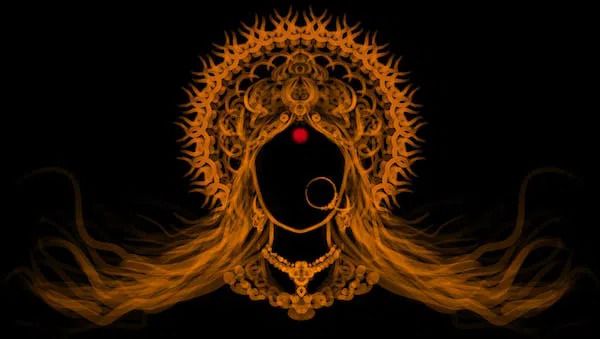

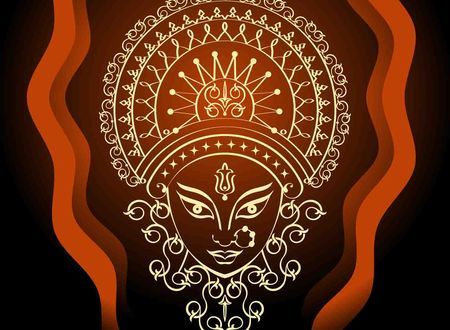
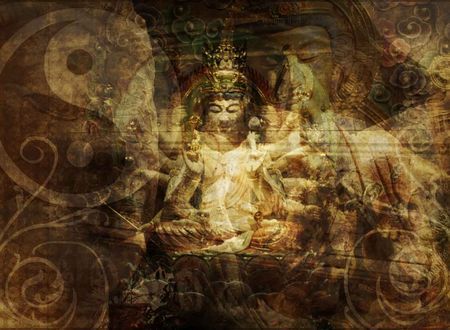
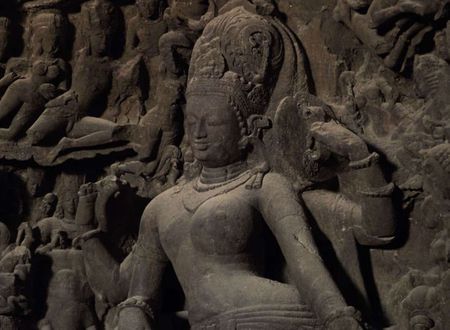
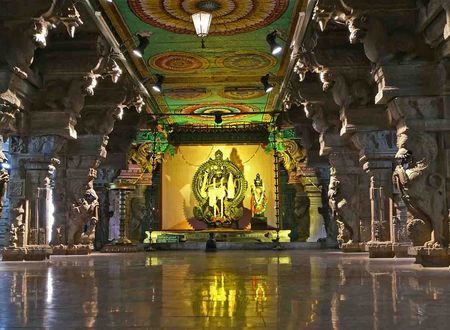


Comments & Discussion
11 COMMENTS
Please login to read members' comments and participate in the discussion.